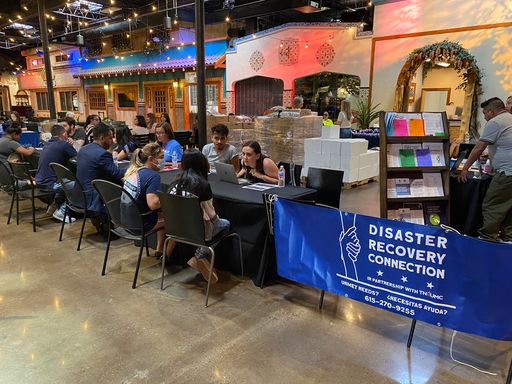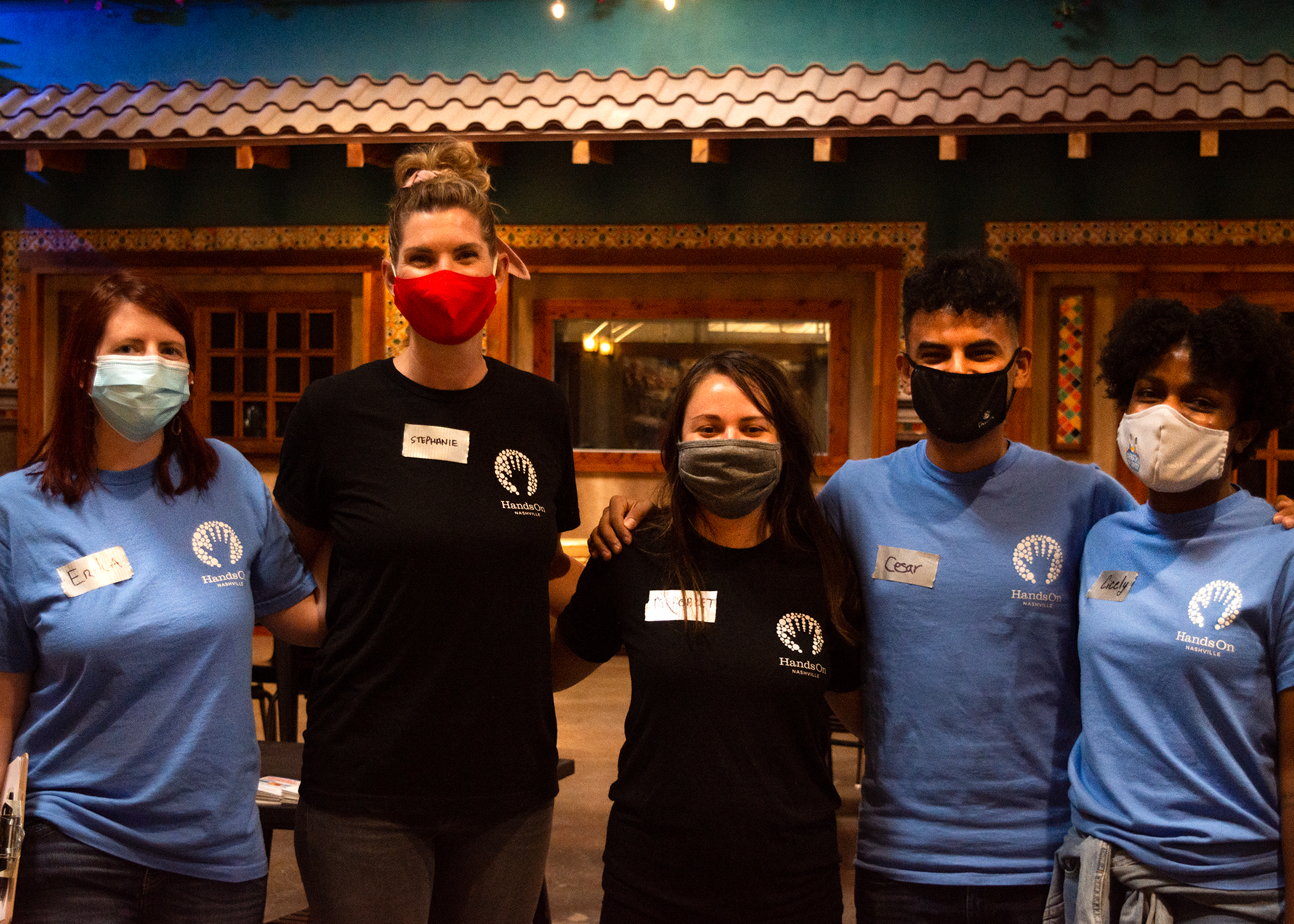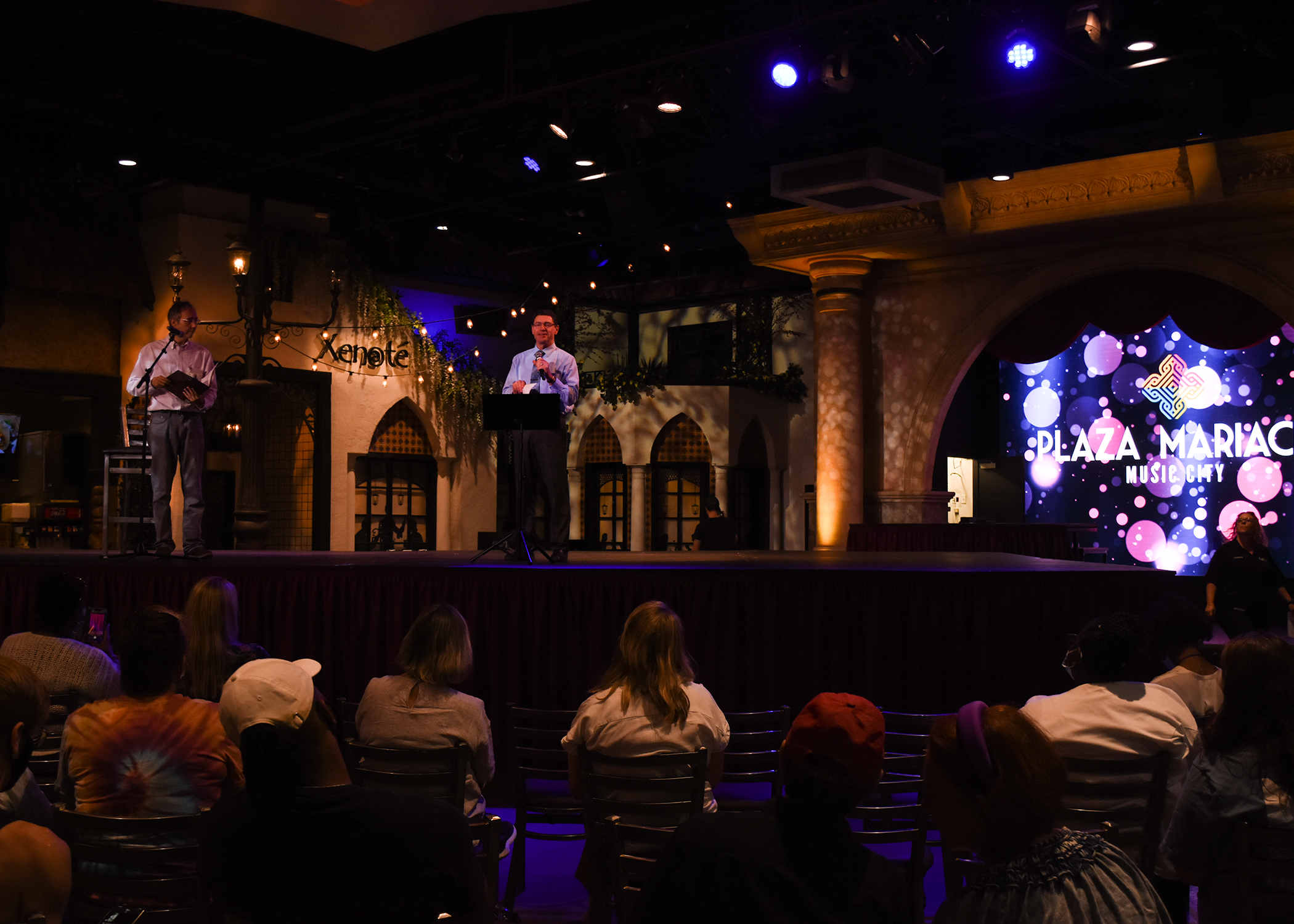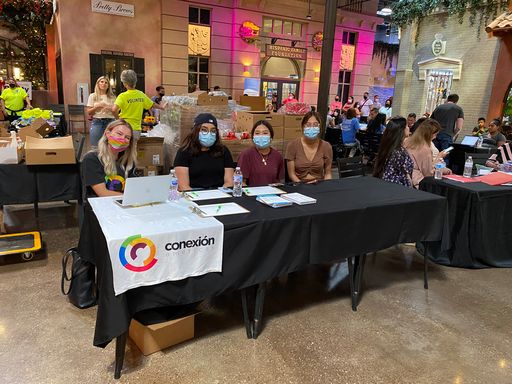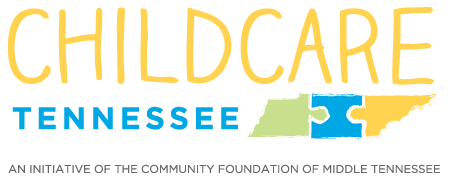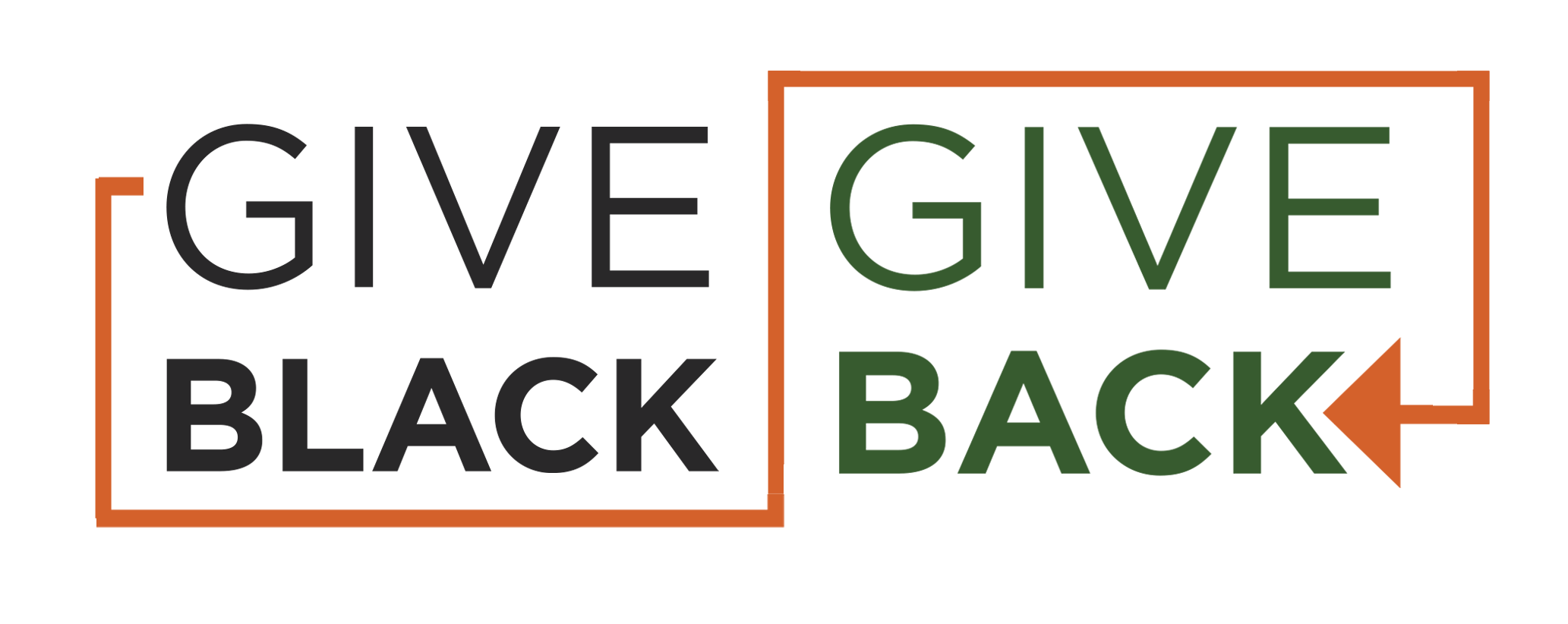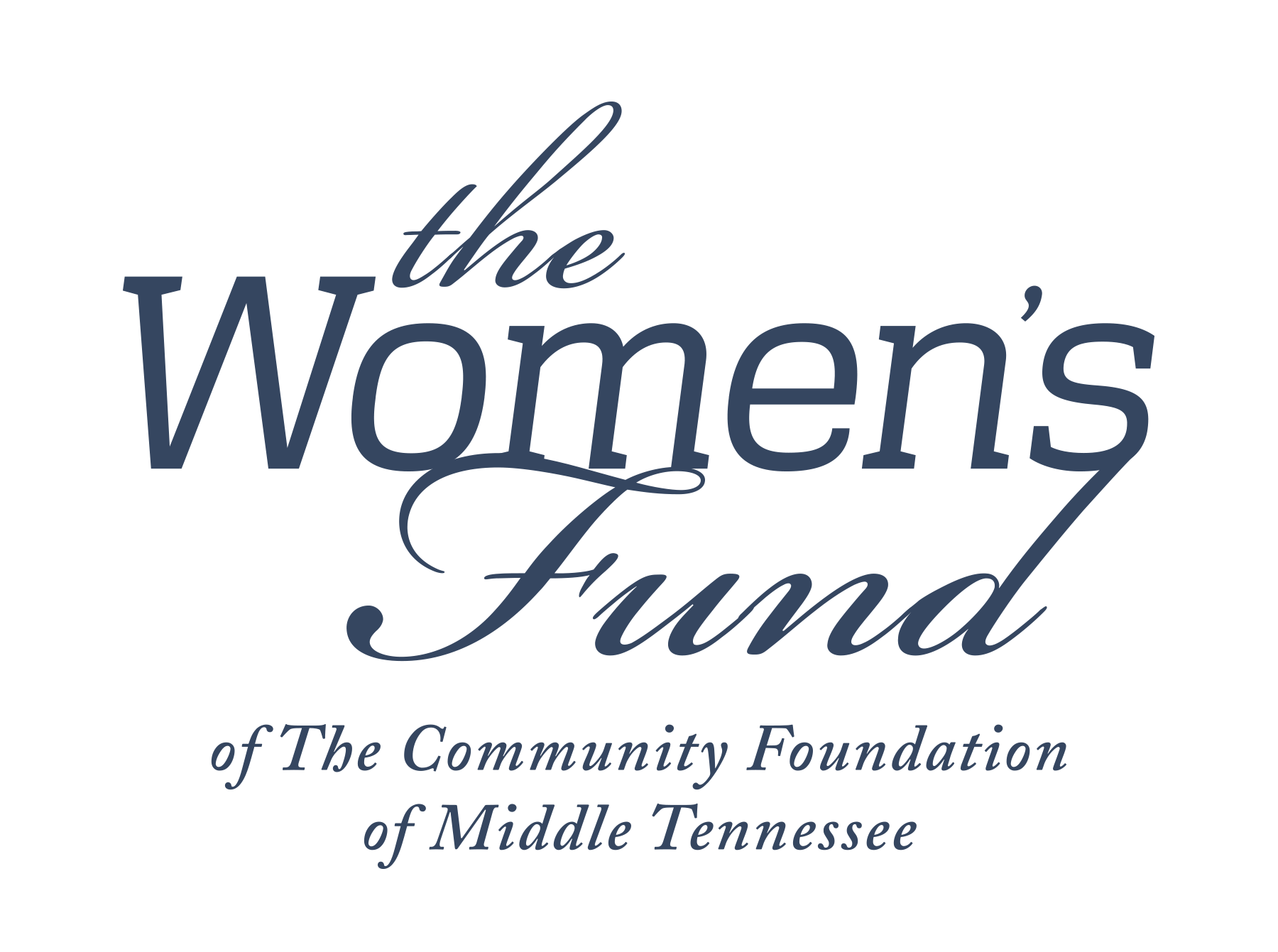The multifaceted Long-Term Recovery Group that has been dealing with the aftermath of the March 2021 Middle Tennessee flood for the past year-and-a-half or so wrapped up its work recently.
- A total of 142 cases were opened since the group’s first casework call came on March 28, 2021.
- A total of 142 cases have been closed.
You’d expect the mood to be merry when members of the recovery group met to debrief in late November in a conference room at South Nashville’s Plaza Mariachi in late November.
Instead, there was more a collective sigh of temporary relief measured with a “one down, more to go” attitude, considering that many of these same government officials, nonprofits — including The Community Foundation of Middle Tennessee (CFMT), which led fundraising efforts — and other community leaders are still trying to wrap other long-term recovery efforts from disasters both natural and man-made.
In fact, the phrase “disaster fatigue” led the debriefing notes.
Said Angela Overstreet, the Nashville-based training director for U.S. Disaster Response at the nonprofit UMCOR (United Methodist Committee on Relief), who chaired the meeting:
“Although the relief and recovery efforts for the Nashville flood of March 2021 had many challenges … the Nashville VOAD (Volunteer Organizations Active in Disaster), partner organizations and the community have remained survivor-focused in their response, implementation of Disaster Case Management, and gathering of resources to do something remarkable.
“I am grateful,” Overstreet said, “for their steadfastness, advocation and partnerships.”
***
Several community partners, including nonprofit member organizations from Nashville VOAD gathered to host a Flood event for survivors to find resources, seek spiritual and emotional counseling, learn about the effects of mold, and seek legal advice at Plaza Mariachi in July 2021.
If you don’t remember much about the flood March 27-28, 2021 flood, which centered in South Nashville but affected other areas of the city and surrounding counties, you’re not alone.
Once the waters quickly receded, and the media cameras and reporters went on the next news cycle, the flood was quickly forgotten. Flooded basements, dry rot and structural damage don’t make compelling headlines nor prompt millions of dollars of giving from the general public.
CFMT, which led fundraising efforts, raised just over $100,000 in gifts to aid the March 2021 flood recover, a fraction of the amount for other disasters in the previous year.
View March 2021 Flood Grantees
Relief and recovery workers started calling the flood The Invisible Disaster.
Consider that the March 27-28, 2021 Middle Tennessee flood occurred smack-dab in an uncommonly calamitous stretch that included: catastrophic and deadly tornadoes (March 2020) and the high-wind weather events (the May 2020 derecho); floods (late March and August 2021); a worldwide COVID pandemic (that’s still hanging around): and a destructive Downtown Nashville bombing (Christmas morning 2020).
Many Nashville-area nonprofit organizations have found themselves stuck in a spin cycle of disaster recovery efforts ever since.
No wonder there’s disaster fatigue.
Organizations who participated in this particular Long-Term Recovery Group, as well as nonprofits providing resources, were:
The Community Foundation of Middle Tennessee, Hands On Nashville, the Tennessee-Western Kentucky Conference of the United Methodist Committee on Relief (TWKUMC), Hispanic Family Foundation, Inspiritus, Lutheran Disaster Response, Catholic Charities, Davidson County Mayor’s Office, Davidson Metro Council members that included Courtney Johnston (District 26), The Salvation Army-Nashville Area Command, American Red Cross-Tennessee Region, Metro Nashville Office of Emergency Management, Nashville Bar Association, Rebuilding Together Nashville, community organizations assisting with those experiencing homelessness, Hispanic leaders in the community, and Spanish-language local media.
The diversity of South Nashville and environs offered particular challenges with flood recovery.
Including English, there were 14 different primary languages spoken among the cases handled, among them Spanish, French, American Sign Language, Amharic, Arabic, Burmese, Kurdish, Nigerian, Russian, Somalian, Swahili and Urdu/Hindu.
Beyond the language barrier, recovery workers say that in general, these international communities were reticent to apply for federal funds from FEMA (Federal Emergency Management Agency).
Of the 412 individuals and households affected by the flood and interacting with the Long-Term Recovery Group flood, only about a third (32.29%) applied for FEMA aid, according to data from the Tennessee-Western Kentucky Conference of UMC Disaster Management Program.
“I’ve never seen it this low,” Overstreet said at the meeting. “The lower that number, the more local funding has to step in.”
Other challenges beyond limited resources and the language barriers included the COVID pandemic, which was raging at the time of the flood.
Conversely, disaster recovery successes include the local community participating in the outreach, led by LTRG chair Diane Janbakhsh, Executive Director of South Nashville-based Hispanic Family Foundation.
CFMT queried officials from participating nonprofits for their takeaways of the March 2021 long-term recovery efforts. Some of their emailed responses follow:
Said Diane Janbakhsh, Executive Director of the Hispanic Family Foundation and also co-owner of Plaza Mariachi:
“From our experience with the immigrant community — the unseen and forgotten communities — there is a huge need to address and provide funding for people who are not homeowners and possibly do not have all of the government documentation necessary to receive benefits from FEMA, the state, or organizations who receive federal funding. Immigrant families are pretty resilient, and in most cases will get up on their feet a lot faster than native-born Americans and will work hard to rebuild their lives. They don’t expect the government to support them as a result of not having resources in their home countries, and generally rely on friends and family for encouragement and support.
Continued Janbakhsh, “This makes them a great group to work with, as they are hard-working, motivated, and determined to provide for their families. What we have found works best to assist these families after a disaster is funding the equivalent of a couple of month’s rent or deposit plus one month rent, and physical donations of basic items lost after a fire or flood.
Recovery, hardship mark one-year anniversary of March 2021 flood in South Nashville
“The efforts we continue to make after a disaster to assist these families are in four phases that work phenomenally well within the communities,” she said. “We not only help them find housing quickly, replace some basic items, enroll them in our wrap-around services, and educate them on disaster preparedness and financial planning and literacy, but we also serve them through the long-term recovery process.
“Where most agencies fail to serve the immigrant demographic,” Janbakhsh said, “is in the immediate response, which in most cases is the quickest way for these families to rebuild and get settled. I hope that we can get more assistance and attention on these unseen and underserved communities.”
Lori Shinton, executive director of Hands On Nashville. and the outgoing chair of the Nashville VOAD: “My takeaway is that helping diverse communities recover does not happen well without leaders, both formal and informal, from that community.”
Hands On Nashville led efforts to recruit more than a thousand (1,106) unique volunteers for the flood recovery effort.
Heather Marriott, Disaster Case Management supervisor, Tennessee-Western Kentucky United Methodist Church UMCOR): “My takeaways are: It is very difficult to recover a community when a disaster is not declared. Without [that] funding, we are stopped in our tracks.
“Not to be sacrilegious, but CFMT, especially Amy Fair, [Vice President of Donor Services] has been the savior of disaster recovery efforts. Without her, TWKUMC/Disaster Recovery Connection would not have been able to recover this community.
I am especially proud that we stepped in and fully recovered 14 diverse community groups. That isn’t easy, but we did it!”
Said Eileen Lowery, Disaster Recovery Connection Director, Tennessee-Western Kentucky Conference United Methodist Church UMCOR noted:
“As we responded to the tornadoes in March 2020, we were told each disaster is different. Those words suddenly had meaning after we rallied together to respond to the March 2021 flood within the same county, with many of the same partners. Having a working partnership with trusted organizations within the impacted community made such a difference in the recovery of not only individuals but a community. I believe that is evident in the vast number of languages served in hopes of empowering survivors and a community into wholeness. It also speaks to the prior work done together in paving the way to respond stronger together.”
TAKEAWAYS
compiled by UMCOR from the debriefing of the Long-Term Recovery Group for the March 2021 Middle Tennessee Flood:
- Messaging to the community needs to be clear.
- Do not make assumptions that those not showing up to the LTRG, or community members, are uninterested.
- Need more transparency around data and what volunteers have completed.
- Training needed to happen early or in preparedness for Metro Council members.
- Better communication, as it was reactive not proactive.
- Helping communicate criteria for services of FEMA, the LTRG, organizations responding, and Disaster Case Management.
- Relationship building is key.
- Need a cultural ambassador program initiation to bridge gap between the community and the government.

